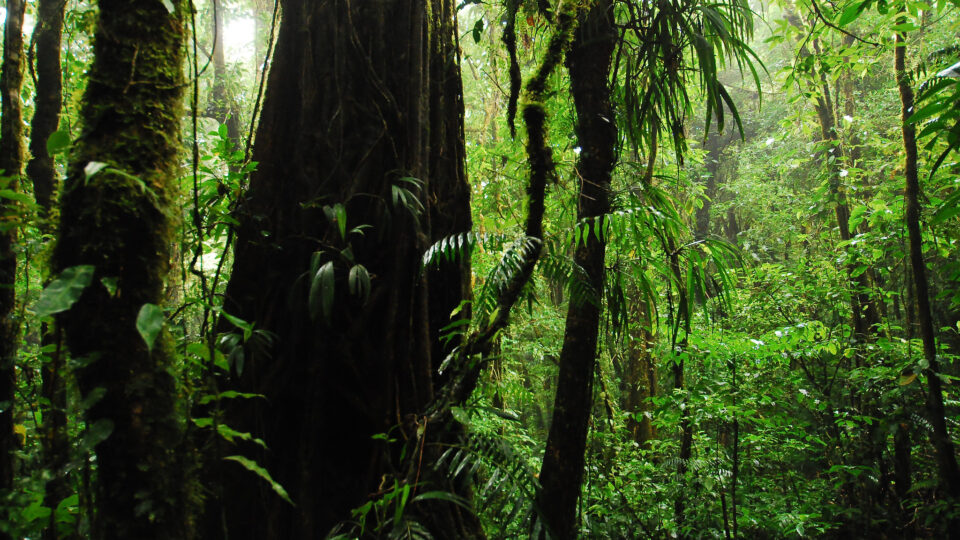Tropical forests store more than half of the world’s above-ground carbon. For this reason, deforestation is one of the greatest threats to global climate regulation. Once forests are degraded through partial clearing and agricultural conversion, they are often perceived as no longer having much ecological value even though degraded forests still provide important ecosystem services despite no longer storing as much carbon.
As a result, once forests have been degraded, they tend to be seen as prime candidates for full conversion to agricultural plantations. But this is not actually the case.
An international team of scientists, including researchers from Arizona State University’s Center for Global Discovery and Conservation Science, has provided the first long-term comparison of above-ground carbon recovery rates between naturally regenerating and actively restored forests in Southeast Asia.
First of all, the research shows that allowing forests to regenerate naturally results in significant amounts of restored above-ground carbon storage. It is definitely worthwhile to allow forests to recover rather than giving up on them and putting the land to other uses.
But more importantly, the researchers found that forest areas that undergo active restoration recover their carbon-storing ability 50% faster than naturally recovering forests.
Restoration methods include planting native tree species and thinning vegetation around saplings to improve their chances of survival.
These findings suggest that restoring tropical forests is a viable and highly scalable solution to regaining lost carbon stocks on land. What is needed is sufficient incentive to engage in active forest restoration. The current price of carbon is not sufficient to pay for restoration, but as the climate crisis intensifies, this is likely to change.
**********
Web Links
Tempe to Hawaii: ASU professors teach Hawaiian youth about coral reef conservation
Photo, posted May 22, 2008, courtesy of Eric Chan via Flickr.
Earth Wise is a production of WAMC Northeast Public Radio.
